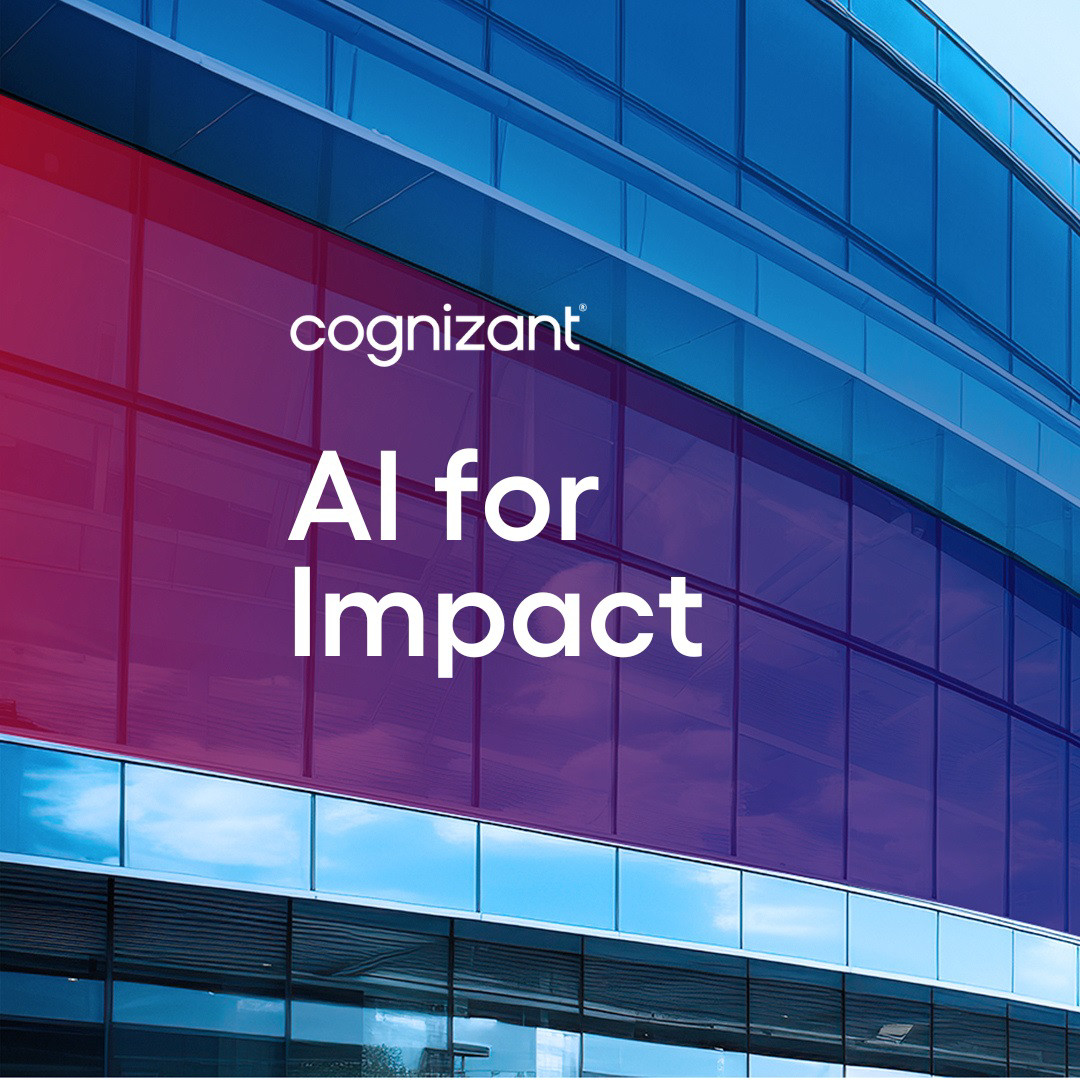The buzz surrounding Artificial Intelligence (AI) in the pharma industry has grown louder over the past year. Many have wondered if it truly lives up to the hype and the buzz reminds me of an interview between David Bowie and Jeremy Paxman back in the 90s. Paxman dismissed the internet as just a different way to do existing tasks, but Bowie saw it as both exhilarating and terrifying—an alien lifeform.
Much like the internet in its infancy, AI isn’t just a tool for incremental change; it’s going to force us to fundamentally reimagine how the pharmaceutical industry operates, innovates and creates value.
The Opportunity of AI in Pharma
AI’s potential in pharma is undeniable. Recent research Cognizant conducted with Oxford Economics (New Work, New World) suggests that generative AI could add up to $1 trillion annually to the U.S. economy by 2032, with pharma poised to benefit significantly. This isn’t speculative; it’s backed by measurable opportunities in areas like accelerating clinical trials and optimizing supply chains.
Further, the study postulates that AI could disrupt nearly 90% of job roles, and as humans, we rightfully worry about workforce displacement. Yet history reminds us that innovation creates opportunities: according to Goldman Sachs’ recent research, 60% of the jobs that exist today didn’t exist in the 1940s and over 85% of job growth momentum in recent decades has come from tech innovation. And so, to harness this potential, organizations will need to commit to large-scale reskilling initiatives, preparing employees for AI-enhanced roles.
And focusing on the now- investment in AI is already massive. This year alone, $200 billion is being funneled into AI infrastructure globally across industries, with projections reaching $1 trillion in just a few years. This financial commitment underscores the critical role AI will play in shaping the future of industries including pharma.
Progress in AI Adoption: From Tools to Platforms
Pharma has moved beyond the experimental phase. Take copilots, for example—these tools reached 100 million users in just two months, faster than any tech in history, including social media, and have been the fastest adopted tech in businesses.
But while copilots assist with specific tasks, we’re now moving into autonomous systems. These systems are essentially multiple co-pilots acting autonomously, handling complex, cognitively intense but repetitive workflows for e.g. managing clinical trial logistics to automating certain regulatory processes and typically the approach involves keeping humans in the loop. This is an enormous leap forward and has begun to be explored and exploited by a number of the organisations.
Equally transformative is the rise of platform-based AI. Unlike standalone tools, a platform approach means creating an interconnected ecosystem where data, workflows, and decision-making using cognitive architectures are seamlessly integrated. This isn’t just efficient—it’s a game-changer for generating real-time insights and enhancing patient outcomes. Leaders like Merck, Pfizer, and Sanofi exemplify this approach:
- Merck is using Variational AI’s GenAI platform to accelerate drug discovery
- Pfizer has developed "Charlie," a generative AI tool revolutionizing pharmaceutical marketing
- Sanofi leverages natural language generation technology to streamline clinical documentation, reducing submission times and improving efficiency
These examples highlight the tangible impact of AI in transforming R&D, compliance, and patient engagement. However, companies that treat AI as an isolated tool risk falling behind. Industry leaders recognize that AI must be foundational to their strategies.
Overcoming Challenges: Talent, Capabilities, and Cultural Shifts
Scaling AI comes with significant hurdles, particularly in talent strategy and organizational transformation with 44% of core skills likely to change in the next five years. Companies must broaden their talent pools beyond STEM to include creative thinkers from fine arts and humanities, who provide more linguistically rich and accurate context to AI that engineers are not necessarily good at or trained for. New roles associated with AI skills are being discovered almost on a daily basis and so investment into continuous reskilling programs and partnerships with educational institutions will also be essential.
Operationally, organizations need to advance their data foundations, moving beyond structured data to integrate unstructured data and use ontologies to provide context for richer insights. They need to invest in developing a connected ecosystem that emphasizes cost control and reusability to ensure they can scale AI sustainably.
Culture and trust play a pivotal role. Organizations must embrace a growth mindset, viewing AI as a partner in innovation rather than a threat. Furthermore, ethical principles, robust cybersecurity, and data privacy frameworks are table stakes to build trust and maintain public and regulatory confidence.
The Future of AI: Synthetic Workers and Sustainable Innovation
Looking ahead, we’re entering the "human-synthetic era," characterized by the emergence of synthetic workers—multi-agent AI systems collaborating to perform complex tasks. These systems, working alongside humans, have the potential to transform roles, freeing people to focus on innovation and decision-making. However, keeping humans "in the loop" is essential to ensure AI-driven decisions align with ethical and organizational values.
AI sustainability is another critical consideration. Training a single large language model consumes vast amounts of energy, contributing significantly to carbon emissions. As AI demand continues to grow, organizations must adopt green AI principles, prioritize renewable energy, and design energy-efficient models. Industry-wide commitments to sustainability are not optional—they are imperative for AI’s long-term viability.
Conclusion: A Call to Action
AI holds the power to reshape pharma and create a more sustainable, resilient future. However, realizing its full potential requires a commitment to responsible, ethical, and inclusive implementation. By investing in talent, adopting transformative operational models, and embedding sustainability into AI development, we can ensure that AI’s impact is not just profound but also equitable.
The technology is here. The question is: how will we use it to build a better tomorrow?














